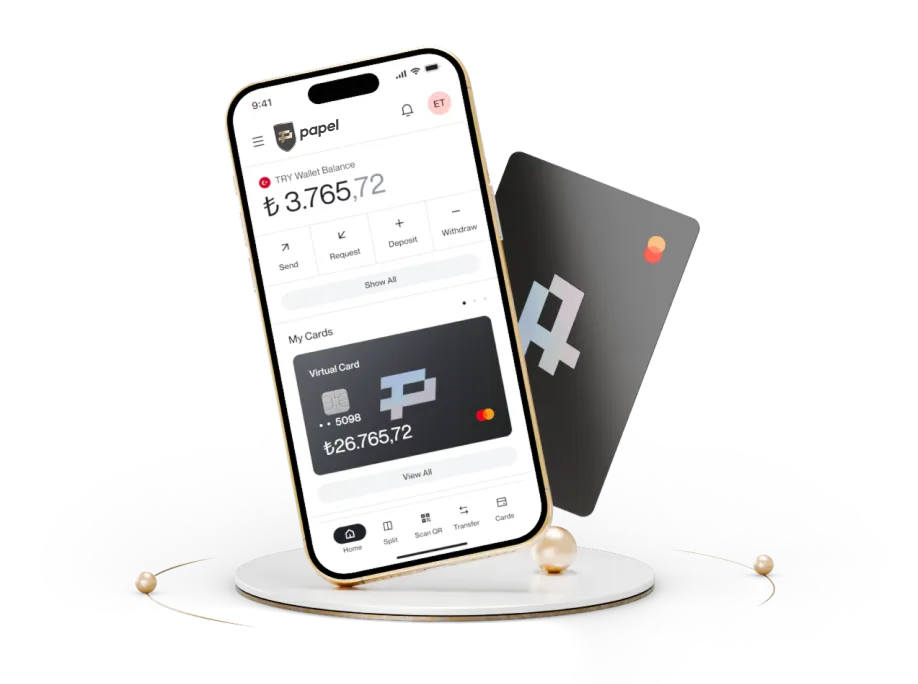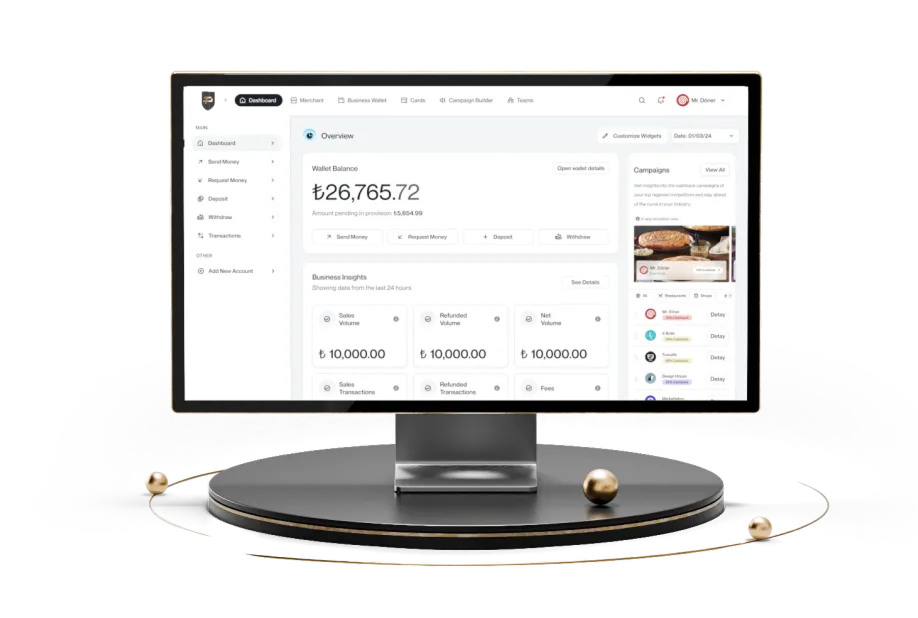How to Create Loyal Customers for Your Brand: A Guide to Customer Loyalty Programs
With special offers, personalized experiences, and rewarding incentives, loyalty programs increase customer satisfaction and help businesses achieve sustainable growth. In this Papel Blog post, we’ll answer key questions about customer loyalty programs, what types exist, and what to consider when creating a successful one.
What is a customer loyalty program?
A customer loyalty program is a marketing strategy businesses use to encourage customers to make repeat purchases. These programs aim to build long-term customer relationships and boost brand loyalty, ultimately increasing revenue. By collecting customer data, loyalty programs help businesses shape their marketing strategies while offering customers exclusive discounts, points, rewards, or privileges as incentives.
Types of loyalty programs
Businesses use various types of loyalty programs to encourage customer purchases. Each type can be tailored to different customer profiles and business goals, making choosing the most suitable approach essential. Here are the main types of loyalty programs:
Point-based and reward programs
In this model, customers earn points from their purchases, which they can redeem for discounts or free products. The appeal lies in offering tangible and attainable rewards. For instance, a business might offer 100 points for a 100 TL purchase, which can be redeemed for a 10 TL discount on a future purchase.
Cashback systems
Cashback systems allow customers to earn back a percentage of their spending in cash. These programs directly benefit the customer and help strengthen brand loyalty. For example, a 5% cashback on a 200 TL purchase means the customer receives 10 TL back.
If you’re looking to benefit from cashback opportunities, remember that Papel offers cashback deals for everyone. As a Papel member, you can enjoy exclusive cashback offers immediately!
Tiered loyalty programs
Tiered loyalty programs offer varying benefits based on customer spending or purchase frequency. Each level encourages customers to reach the next tier for better perks. The higher the tier, the more special discounts and rewards the customer receives.
Subscription and membership models
With a paid subscription or membership, customers gain access to exclusive benefits. This creates a steady revenue stream for the business and helps build ongoing relationships with customers. Perks might include special discounts, free shipping, complimentary services, or early product access.
Rewards and discounts
Sometimes, brands offer customers exclusive deals or rewards to strengthen loyalty. Upon reaching a spending threshold or purchasing specific products, customers earn rewards that can be used for discounts or free items in future purchases.

Benefits of loyalty programs for businesses
Loyalty programs are a cost-effective way to retain customers and encourage purchases. Retaining existing customers is often more economical than acquiring new ones. Here are some key benefits:
Boosting sales
Offering exclusive discounts and perks encourages more spending, increasing business revenue.
Cost efficiency
Loyalty programs can strengthen customer relationships at a lower cost than customer acquisition, making them a smart financial choice.
Understanding customer behavior
Businesses can analyze customer preferences, habits, and needs by collecting data. This enables more effective marketing strategies tailored to specific customer groups.
The digital transformation of loyalty programs
Technology plays a key role in helping businesses reach their customers. With the digitalization of loyalty programs, it’s possible to offer personalized experiences through mobile apps, email, SMS, and other digital tools. The most common methods include:
Mobile app-based loyalty programs
Mobile apps are at the core of digital loyalty programs. Customers can collect points, follow special offers, and join campaigns via the app. For example, the Starbucks app allows users to earn “stars” for purchases and redeem them for free drinks.
Loyalty tracking via e-mail and SMS
Email and SMS are other tools used in digital loyalty programs. These channels can inform customers of personalized offers such as birthday discounts or special promotions.

Key considerations when creating a loyalty program
Here’s what to keep in mind when building a successful loyalty program:
Define the right target audience
Understanding your customers is essential. By segmenting your audience and analyzing their demographics, behavior, and shopping habits, you can develop targeted strategies for different groups.
Set clear and understandable goals
Your loyalty program should have a clear objective—increasing customer retention or boosting sales. Clear goals make strategy development and implementation easier.
Focus on personalization and segmentation
Offer personalized deals and incentives for each customer segment. Use past purchase data to tailor these offers effectively.
Provide valuable and attainable rewards
Make sure the rewards you offer are attractive and achievable for customers. To keep customers engaged, set accessible conditions for redeeming rewards.
Ensure digital integration
Integrate your loyalty program with digital channels like mobile apps, websites, email, and SMS. This enhances accessibility and improves customer experience.
Don’t forget system integration
Integrate with CRM, POS, and e-commerce platforms for better data management. Consolidating customer data into a single platform simplifies operations.
Plan cost management
When offering rewards or discounts, carefully calculate the associated costs. Optimize reward frequency and value to maintain your budget.
Stay in touch and collect feedback
Stay connected with your customers. Gather feedback on your loyalty programs and continually improve them based on customer input.
Ensure legal and ethical compliance
When processing personal data, comply with regulations like GDPR or KVKK. Always obtain customer consent and take data security seriously.
Track performance and analyze results
Regularly analyze your program’s performance to identify successful strategies and areas for improvement.
Sources: 1.
The information provided in this blog post is for general informational purposes only and does not constitute legal, financial, or investment advice. The content is prepared solely for informational purposes, and seeking professional advice for your specific circumstances is recommended. The statements in this article do not create any binding obligations or liabilities and solely reflect the author's opinions. All decisions and responsibilities are yours, and Papel Elektronik Para ve Ödeme Hizmetleri A.Ş. assumes no liability.

